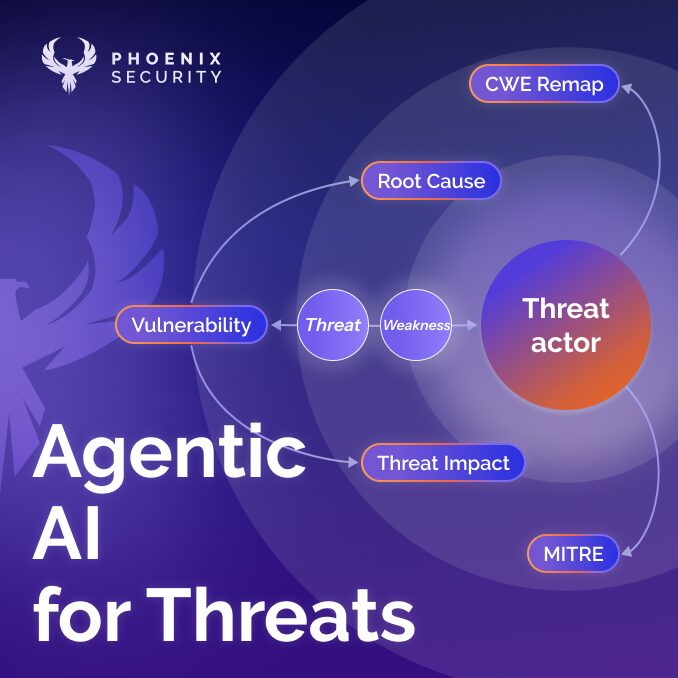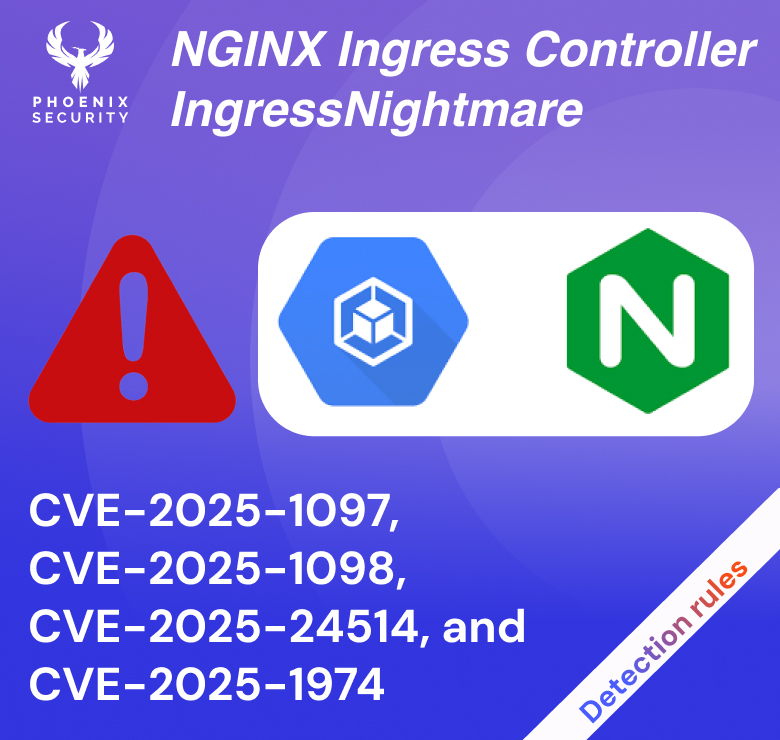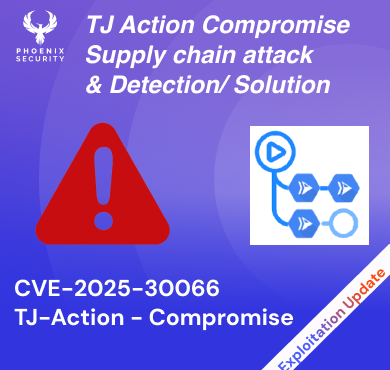
You heard terms like ASPM (Application Security Posture Management), surface management, and the journey from code to cloud dominate conversations with Phoenix security we been investigating this question for long.
It’s easy to get lost in this jargon, yet these concepts remain at the heart of our cybersecurity strategies. As someone deeply entrenched in the ASPM category, I’ve witnessed its rise to prominence.
But is it time to strip back the layers and return to the core of securing assets throughout their lifecycle? Let’s delve deeper.
The Dichotomy of Cybersecurity ASPM and Surface Management:
Cybersecurity presents a world of contrasts. On one side, we have application security risks, teeming with SAST (Static Application Security Testing), DAST (Dynamic Application Security Testing), and SCA (Software Composition Analysis) tools. With Phoenix Security we been working on the left for long
On the other, environmental risks loom large, from software composition analysis to container vulnerabilities. This divide challenges us to bridge application security and environmental risks, advocating for a holistic approach that transcends mere technological solutions. It’s about refining processes and clarifying ownership—a journey that requires us to look beyond the surface.

The Fragmentation Challenge Appsec Opsec and in between:
Despite technological advancements, the divide between application security (appsec) and operations teams persists in many organizations. This fragmentation leads to a disjointed approach to security, undermining our efforts to protect assets. The mantra “You build it, you own it” illustrates a fundamental truth yet remains a hurdle for many.

In light of recent SEC statements on supply chain and SaaS vulnerabilities, the need for a unified security approach has never been more apparent.
Get in control of your Application Security posture and Vulnerability management
Let’s deconstruct the landscape:
- On the Left: We have application security risks, a kaleidoscope of SAST, DAST, and SCA tools at our disposal.
- On the Right: We face environmental risks, encompassing everything from CSPM to container vulnerabilities.

ASPM Bridging the Gap Appsec and Opsec :
The road ahead demands more than adopting new technologies or methodologies; it calls for a cultural shift towards integrated teams that share responsibility for security across the software lifecycle. By doing so, we can move closer to securing our assets at every stage, ensuring that terms like ASPM, surface management, and code to cloud become foundational elements of our cybersecurity strategy, rather than mere buzzwords.

What is ASPM? A Beacon in Vulnerability Management
Application security posture management analyzes security signals across software development, deployment and operation to improve visibility, better manage vulnerabilities and enforce controls. Security leaders can use ASPM to improve application security efficacy and better manage risk.
Gartner on ASPM
ASPM emerges as a beacon in this scenario, offering a strategic, data-informed pathway. It transforms an overwhelming vulnerability list into a focused, actionable set of tasks. This alignment propels security measures and dovetails with business objectives, ensuring a secure yet agile business environment. For a deeper dive on the innovation insight, refer to the analysis of Gartner on ASPM
Conclusion:
The dialogue surrounding ASPM, surface management, and the transition from code to cloud is ongoing. Yet, by revisiting the basics and focusing on securing our assets comprehensively, we can begin to bridge the gap. This journey isn’t just about adopting new technologies—it’s about embracing a cultural shift towards shared responsibility in security.
Final Thoughts and Question:
What are your thoughts on integrating appsec and operations more effectively to tackle both application and environmental risks? Let’s ignite a discussion on making ASPM, surface management, and the journey from code to cloud more than buzzwords, but the bedrock of our cybersecurity endeavours.
How Phoenix Security Can Help

Phoenix Security helps organizations identify and trace which systems have vulnerabilities, understanding the relation between code and cloud. One of the significant challenges in securing applications is knowing where and how frameworks like Struts are used. ASPM tools can scan the application portfolio to identify instances of Struts, mapping out where it is deployed across the organization. This information is crucial for targeted security measures and efficient patch management. Phoenix Security’s robust Application Security Posture Management (ASPM) system is adept at not just managing, but preempting the exploitation of vulnerabilities through its automated identification system. This system prioritises critical vulnerabilities, ensuring that teams can address the most pressing threats first, optimising resource allocation and remediation efforts.
Get in control of your Application Security posture and Vulnerability management
The Role of Application Security Posture Management (ASPM):
ASPM plays a vital role in managing and securing applications like those built with Apache Struts, Log4j and other vulnerabilities. It involves continuous assessment, monitoring, and improvement of the security posture of applications. ASPM tools can:
- Identify and Track Struts Components: Locate where Struts is implemented within the application infrastructure.
- Vulnerability Management: Detect known vulnerabilities in Struts and prioritize them for remediation.
- Configuration Monitoring: Ensure Struts configurations adhere to best security practices.
- Compliance: Check if the usage of Struts aligns with relevant cybersecurity regulations and standards.
By leveraging Phoenix Security, you not only unravel the potential threats but also take a significant stride in vulnerability management, ensuring your application security remains current and focuses on the key vulnerabilities.













